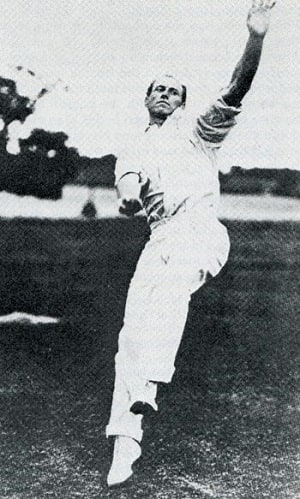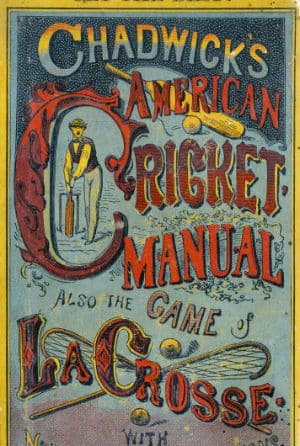Making (Cricket in) America Great Again, Part 1 or 2: Glorious past to uncertain future
Since 2005, one controversy after another rocked the sport in the USA, with USACA being suspended from the ICC in 2005 and then again in 2015, before finally being expelled in 2017.
By Anindya Dutta| Updated : August 1, 2017 8:23 PM IST,, http://www.cricketcountry.com/...ertain-future-629773
Boston cricket team, 1850 © Getty Images
The Beginnings of Cricket in America
The year is 1709, and significant events are about to take place, some of which would change the world, forever, and some, not so much.
- Bartolomeu de Gusmao, a Brazilian Jesuit presents a petition to King Joao V of Portugal seeking royal favour for his invention of an airship. To demonstrate the validity of his idea, he propels a ball to the roof of the court using combustion. The world’s first Hot Air Balloon successfully passes its test.
- British sailor Alexander Selkirk is rescued after being marooned on a desert island (Fernandez Island) for five years. Daniel Defoe romanticises his stay and the world literature gets one of its most unforgettable stories: Robinson Crusoe.
- Kent and Surrey play the first ever inter-county match in England.
- William Byrd of Westover, Virginia, and friends (and slaves, who ones suspects did most of the fielding) play the first recorded game of Cricket in America.
Let’s think about this again.



